All Science
 CERN gets back to smashing particles in the search for something big
CERN gets back to smashing particles in the search for something bigAfter two years offline, the Large Hadron Collider will start smashing particles together on Wednesday in the search for dark matter.
 Ancient shark ancestor may have been bony, rare fossil reveals
Ancient shark ancestor may have been bony, rare fossil revealsA new study reveals that sharks may have evolved from bony ancestors, a finding that suggests that modern sharks may be more advanced than previously thought.
 Weighing the risks of a southern California tsunami
Weighing the risks of a southern California tsunamiScientists mapping the sea floor off the southern California coast suggest there is a tsunami risk, but likely just a modest one.
 Critically endangered fish has offspring without mating
Critically endangered fish has offspring without matingSeven documented instances of facultative parthenogenesis in smalltooth sawfish suggest that the phenomena might be more common than we thought.
 FIFA scandal: The science behind corruption
FIFA scandal: The science behind corruptionWhat causes some organizations to become rife with corruption? The answer has little to do with an individual's personal morality, say experts.
 What's causing the devastating floods in Texas and Oklahoma?
What's causing the devastating floods in Texas and Oklahoma?The severe flooding in Texas and Oklahoma is caused by an El Niño pattern that has split the jet stream in two.
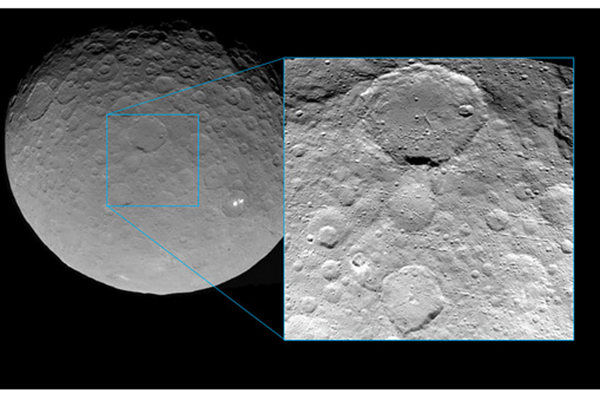 NASA spacecraft captures sharpest images yet of Ceres
NASA spacecraft captures sharpest images yet of CeresA new photo snapped by NASA's Dawn spacecraft shows the meteor battered surface of Ceres, a dwarf planet in our solar system's asteroid belt.
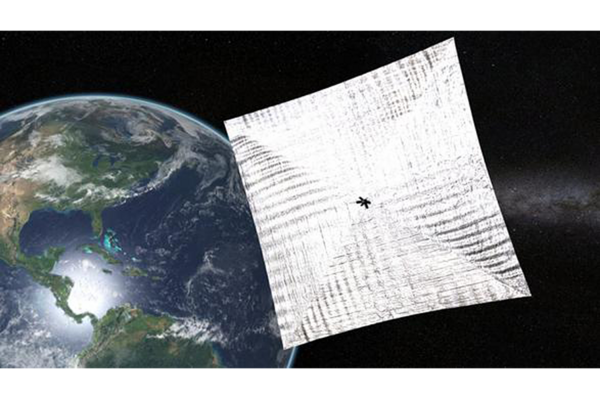 Communication restored with LightSail spacecraft
Communication restored with LightSail spacecraftThe space advocacy group, the Planetary Society, has restored contact with its solar sail test vehicle, which is currently in orbit around Earth.
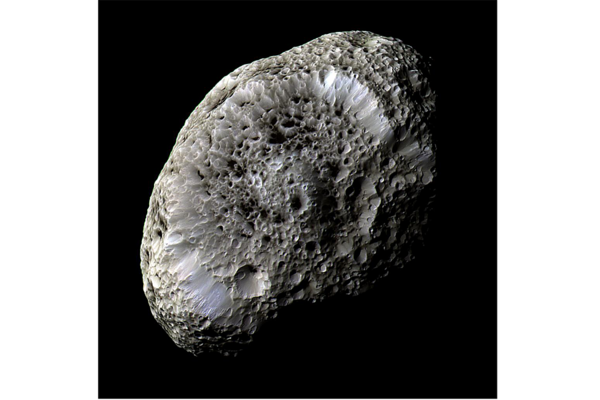 NASA spacecraft to perform final pass of Saturn's bizarre spongy moon
NASA spacecraft to perform final pass of Saturn's bizarre spongy moonNASA's Cassini spacecraft is set to make its last close pass of Hyperion, an irregular, spongelike moon orbiting Saturn.
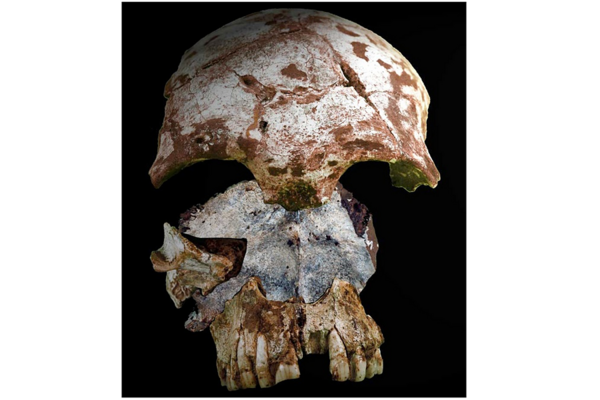 Egypt was humanity's gateway out of Africa, say scientists
Egypt was humanity's gateway out of Africa, say scientistsA new genetic analysis suggests that humans trekked through Egypt on their way out of Africa.
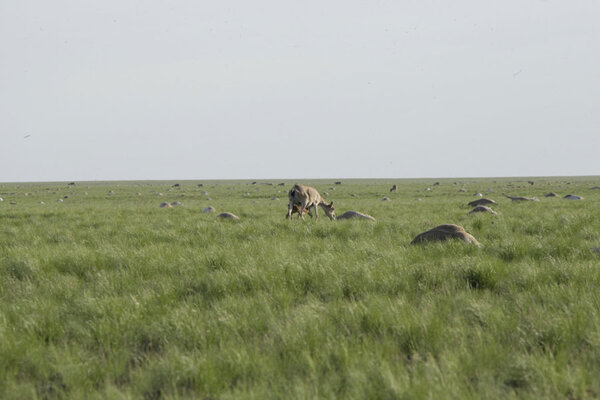 Why have 121,000 antelopes in Kazakhstan suddenly dropped dead?
Why have 121,000 antelopes in Kazakhstan suddenly dropped dead?Just three weeks ago, there were thought to be about 300,000 saiga roaming the Kazakh steppes. Now, nearly 121,000 carcasses have been discovered.
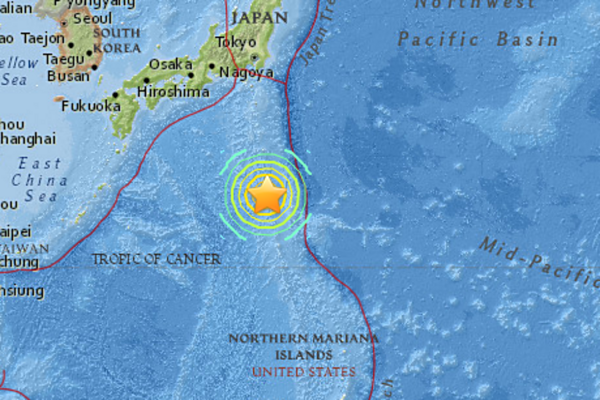 Japan's big earthquake: Why deeper means safer
Japan's big earthquake: Why deeper means saferSaturday's earthquake off the coast of Japan was big, magnitude 7.8, but it was also deep, at least 370 miles below the Earth's surface. Why that makes a difference.
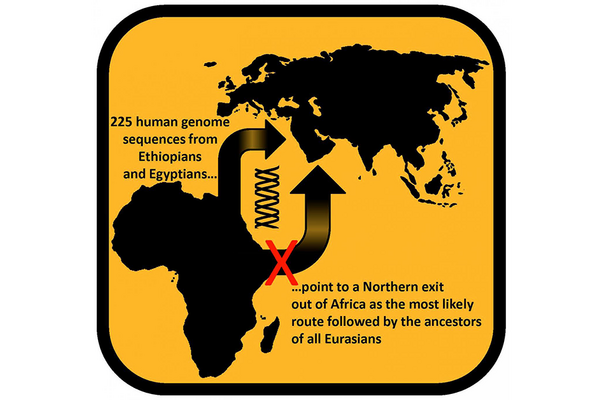 Early humans left Africa through Egypt, study says
Early humans left Africa through Egypt, study saysNew genetic research suggests that humans migrated out of Africa through Egypt, not Ethiopia.
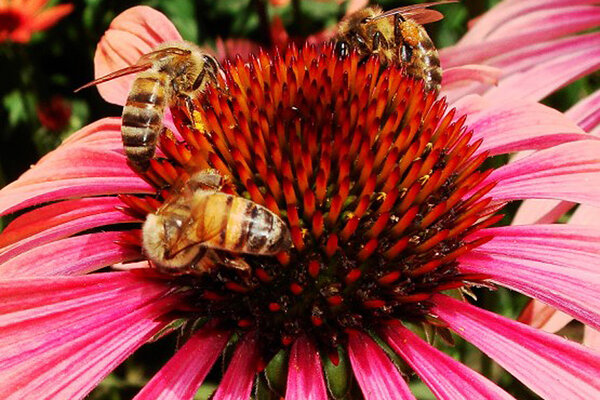 Is a tiny fungus killing honeybees?
Is a tiny fungus killing honeybees?New research helps us understand why 40% of honeybee colonies in the US have vanished.
- Tiny CubeSats to watch NASA's next Mars mission
NASA's next mission to the Red Planet will be observed by a duo of pint-sized satellites, set to be launched in March 2016.
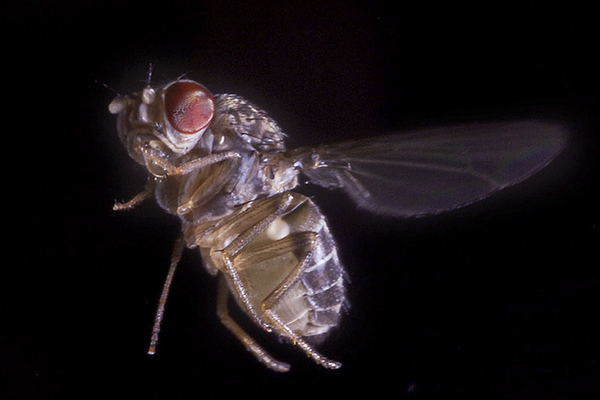 Flies time when they’re having fungus, say scientists
Flies time when they’re having fungus, say scientistsNew research suggests that fruit flies have a simple internal timekeeping mechanism, and can even learn to associate smells with different times in the day.
 This is our most detailed image of Pluto yet
This is our most detailed image of Pluto yetAs NASA's New Horizons spacecraft closes in on Pluto, it continues to release sharper images of the icy dwarf planet.
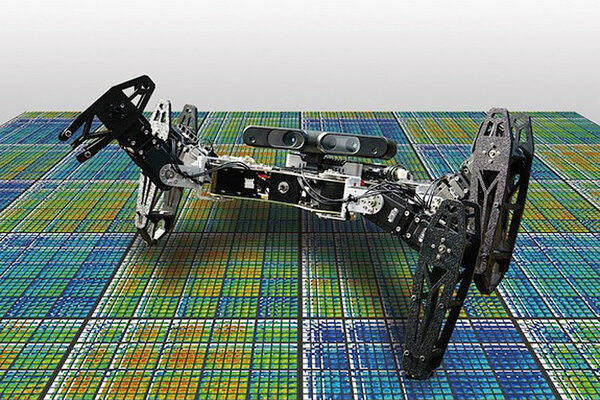 'Healing' robot could keep chasing you even after you break its legs
'Healing' robot could keep chasing you even after you break its legsScientists have developed a six-legged robot the can adapt to keep walking after having two of its legs broken.
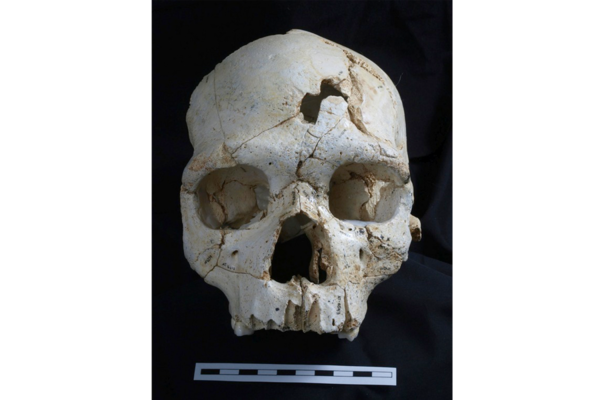 Have archaeologists stumbled upon a 430,000-year-old murder mystery?
Have archaeologists stumbled upon a 430,000-year-old murder mystery?Archaeologists in Spain have discovered an ancient human skull that shows signs of repeated blunt-force trauma, suggesting foul play.
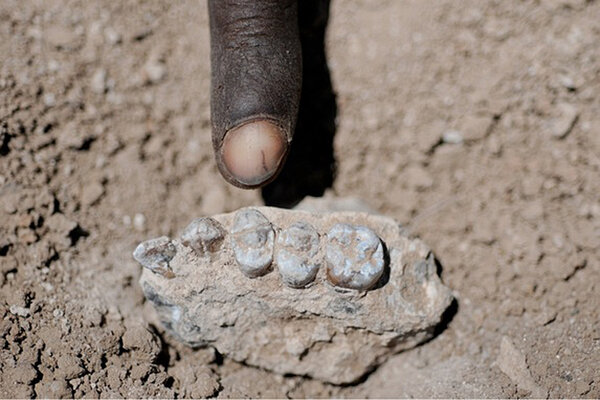 Have scientists unearthed ancient 'Lucy's' friend?
Have scientists unearthed ancient 'Lucy's' friend?A research team in Ethiopia has discovered what they say is a new species of hominin that may have lived at the same time and place as the well-known Australopithecus afarensis.






















